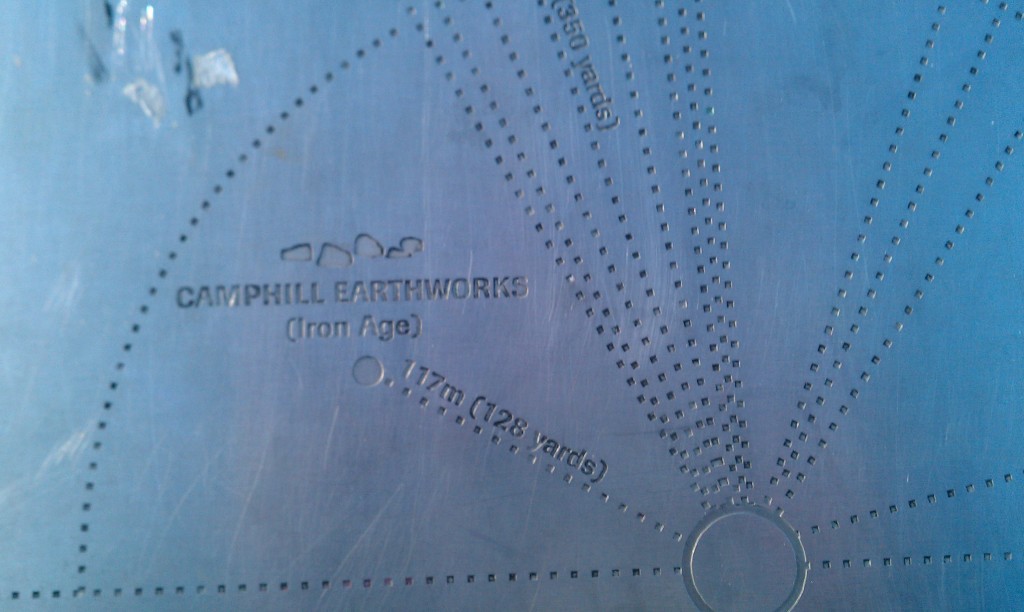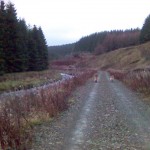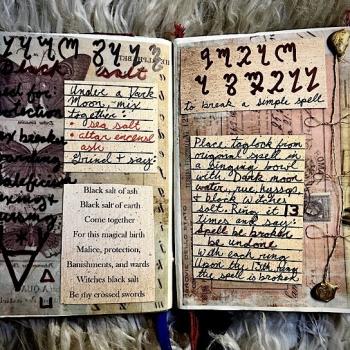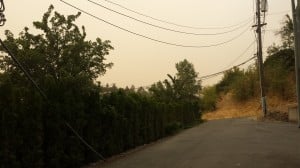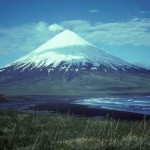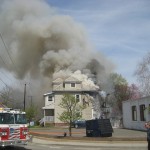Today I have no answers or great stories to tell, just a rambling discursive meditation on the relationship between people and place. Do people make a place the way it is or does a place shape the people who live there?
Chicken. Egg. There’s really no answer to this question. But when you think of the personality of a place, it has a lot to do with the culture and personality of the people who live there.
But the personality of a place shifts over time, in part because of migrations of people who shift the balance toward one aspect or another. Often this shift is just a matter of reinforcing something that is already there, taking an aspect that is already established and making it iconic of the region. Think of the number of gay men who moved to San Francisco in the late 70’s 80’s and 90’s because they new it as a safe place to go with a large community of other gay men. Think of the number of tech entrepreneurs who have moved to San Francisco and the South Bay (aka Silicon Valley) in the late 90’s, 00’s and 10’s. It’s not that there weren’t gay men in San Francisco before the 70’s, but over time the Bay Area came to be known as a place where it was safe to be Out, and a tolerance of different sexualities has become a hallmark of the area. And the San Francisco Bay Area was on the cutting edge of technology even in the 50’s and 60’s. It was home to nuclear and space research, computer science and innovations in medicine long before the first dot com bubble. But now, when you think about San Francisco, many people think of the rise of Google and Facebook and all of the cultural issues that come with an early adopter technology community.
What about the longer term, though? I’m sure that Portland wasn’t considered a haven for lefties, hippies or the counter cultural equivalent back in the 1810’s or even the 1910’s. It’s hard to miss the sense today, though, that the Pacific Northwest is a great place to be if you fit those categories that are misfits elsewhere in the US. Is it the weather? The forests? Something innate to the place? Or is it just the cumulative cultural shift over time?
Strangely, what got me thinking about these questions wasn’t thinking about larger cultural issues, but rather thinking about the power of certain sacred sites. Which came first, the unique sacredness or the people? Is the answer always the same?
There is an iron age earth works, a half buried stone circle, right in Queens Park that it seems almost no one in Glasgow knows about. There is another stone circle, built in modern times, which has become a place for Pagan worship as well as more general community interest, despite the fact that it is known that this is a modern site. Does one have more power than the other because of its age? Has the newer stone circle become more powerful because it is getting more human energy in the present day?
What about churches? I love visiting Glasgow Cathedral. It feel such a power there, different energies in different parts of the church, and different voices of Spirit, too. Down in Stoke Poges, Buckinghamshire, England there is a little church with parts of its structure still surviving from 1086. I used to enjoy sitting in the church to meditate and listen for the voices of history speaking through the stones.
What makes Glasgow Cathedral a place of Power? Is it the rituals that have been done there? The Ancestors who are buried there? The size of the building? The innate power of the place where it was built?
And what about St. Giles Church in tiny Stoke Poges? It’s an older, smaller place, nearly forgotten by modernity, but it has so much history. Even fairly recent history. There is a connection between this place and Pennsylvania in the US as several generations of Penns called Stoke Manner their home. How strange, don’t you think, an Anglican church supported by a mostly Quaker family. What, if anything, does that have to do with the energies there today?
(This post is part of the Animist Blog Carnival)

